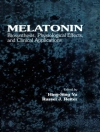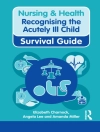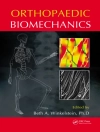We possess as a cognitively aware species a high degree of function localization, but we still subscribe to the notion consistent with the model that dysfunction or damage to specific regions of the brain and nervous system may result in specific damage and deficits in behavior and function of individuals. Unfortunately, that is not enough to explain the capacity for plasticity, regeneration, spontaneous recovery, and optimization in neurological terms, and certainly not in its translation in clinical rehabilitation. Among the difficulties we face in the application of rehabilitation science in practice, the need to understand how the nervous system functions is less than understanding how it recovers from dysfunction, how we can effectively evaluate function, dysfunction and recovery, and how to provide a rational basis for making economic decisions about which method or methodology to invest. A neuroanatomical conceptualization is a not an option for rehabilitation practice. It is important to understand that what we are really attempting to achieve both in rehabilitation as well as in understanding the neurological basis of cognitive and motor improvement after trauma or stroke is not which brain area controls a given cognitive function, but how efficiently brain regions cooperate with each other and how novel connectivities may develop.
Gerry Leisman & Joav Merrick
Neuroplasticity in Learning and Rehabilitation [PDF ebook]
Neuroplasticity in Learning and Rehabilitation [PDF ebook]
Mua cuốn sách điện tử này và nhận thêm 1 cuốn MIỄN PHÍ!
định dạng PDF ● Trang 276 ● ISBN 9781634843065 ● Biên tập viên Gerry Leisman & Joav Merrick ● Nhà xuất bản Nova Science Publishers ● Được phát hành 2016 ● Có thể tải xuống 3 lần ● Tiền tệ EUR ● TÔI 7226417 ● Sao chép bảo vệ Adobe DRM
Yêu cầu trình đọc ebook có khả năng DRM












